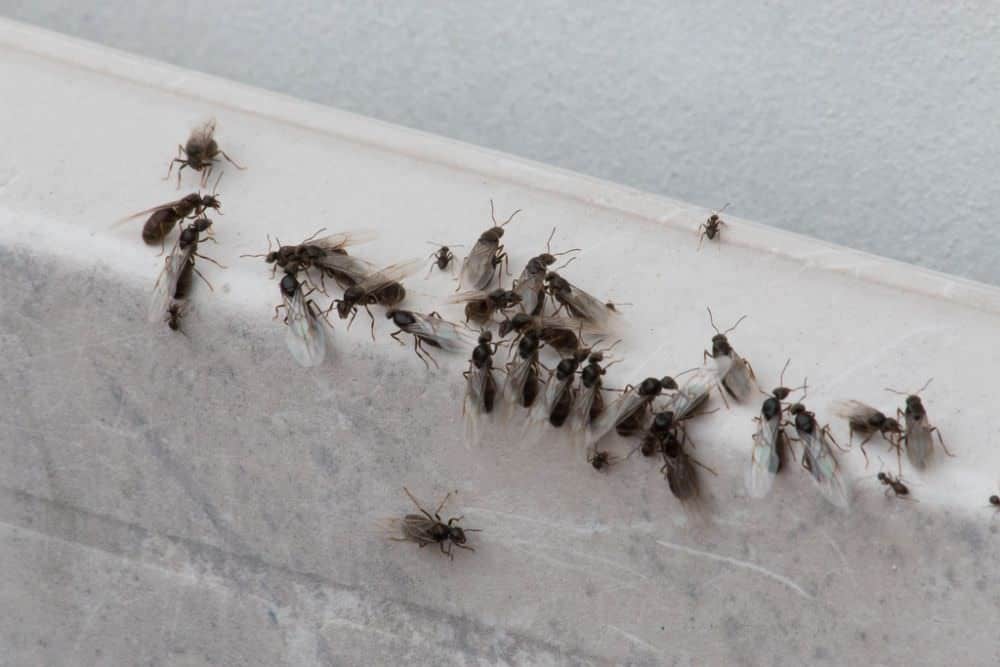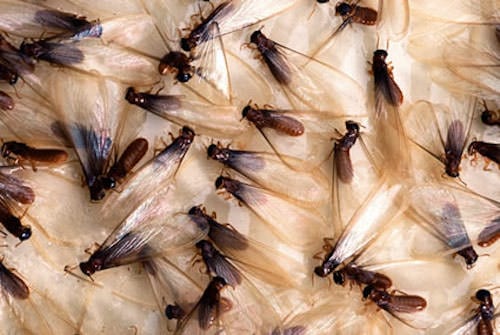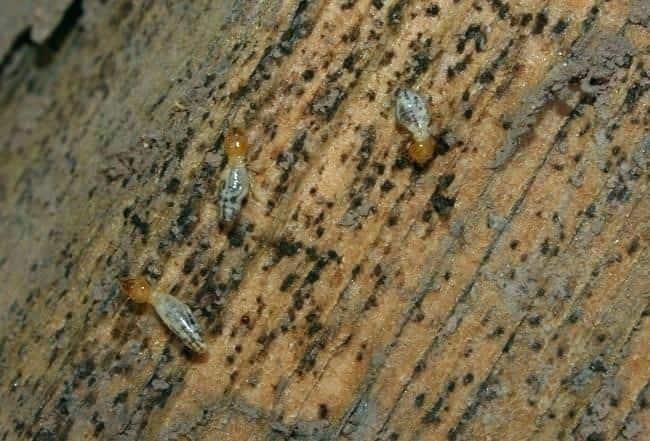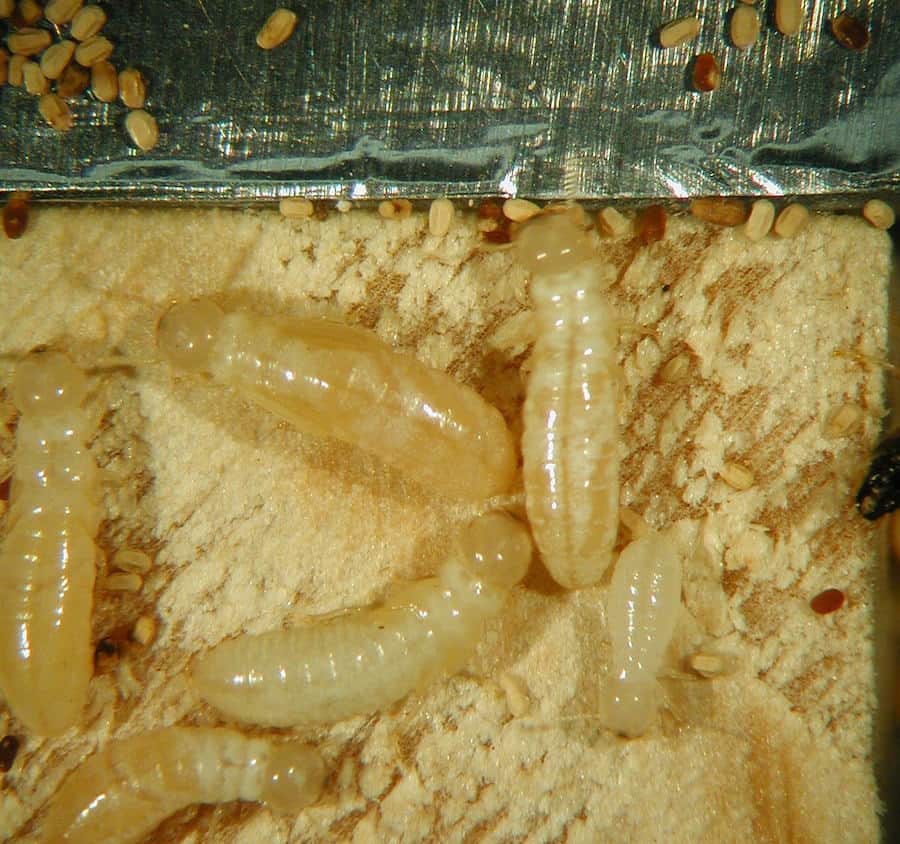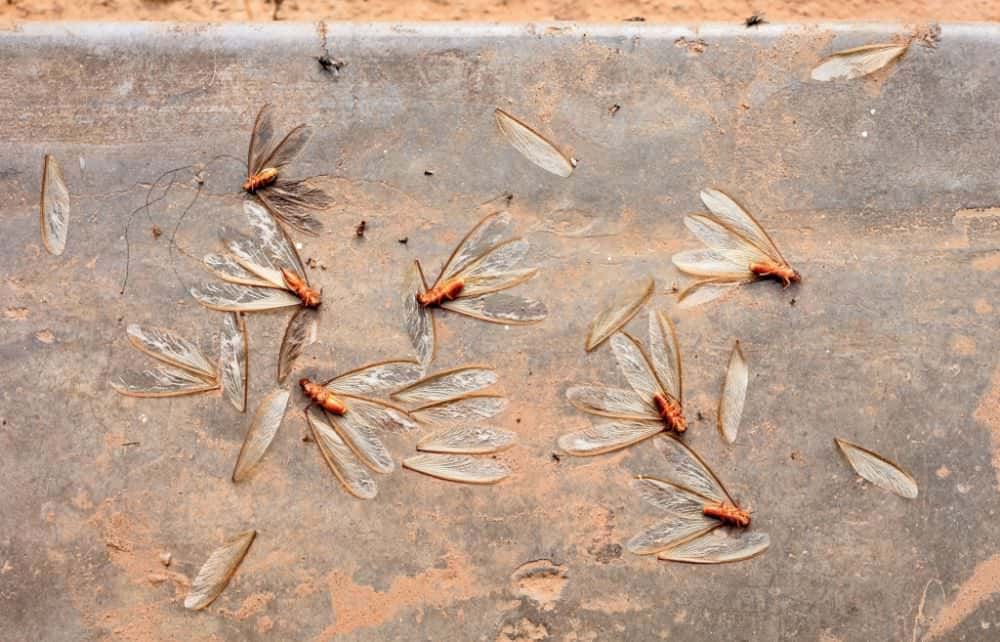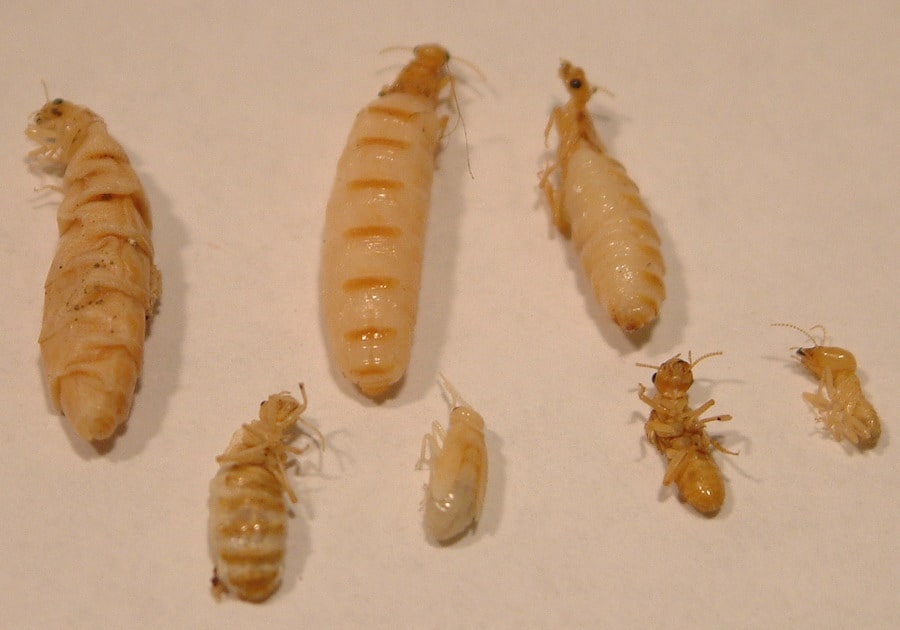How Big Are Termites?
Termites can be a major problem when it comes to your home or property. Despite this well-known fact, some people have problems actually identifying termites. Many people think that all termites’ sizes are the same. Making this mistake means we might place the blame for an infestation on some other troublesome pest.
This can be a major error since termites are one of the peskiest insects on the planet when it comes to property damage. Because of this, learning how to deal with them properly is useful. With that in mind, this article will talk about termite sizes, from egg to adult.
How Big Are Adult Termites?
Typically, adult termites range from ¼ to ½ of an inch, although some species can grow to be bigger. It might not seem like that big of a difference, but when it comes to bug sizes, an effective doubling in length can mean an awful lot.
The size of an adult termite can also help you to identify the specific species of the infestation. This is because each species is a different size.
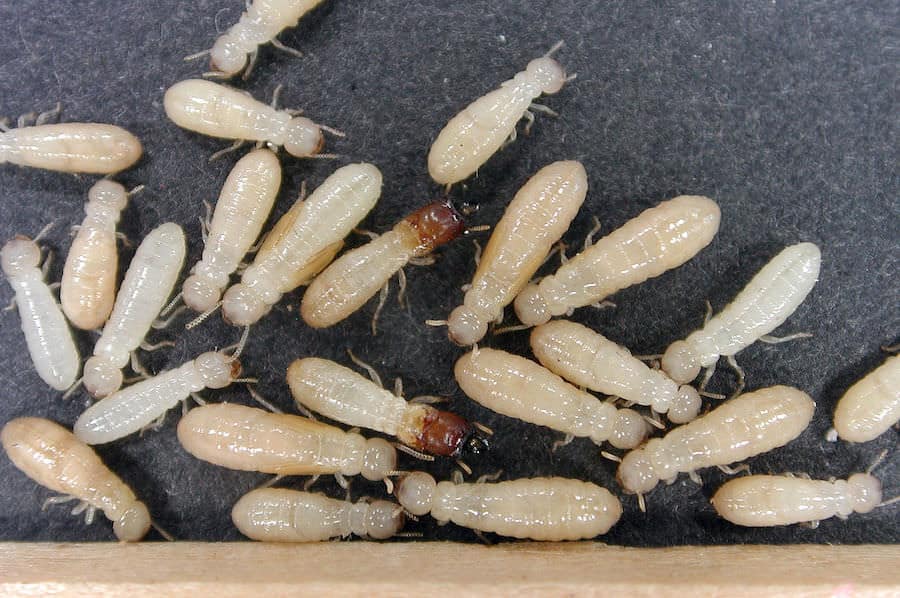
Take the three most common species of termite that we normally come across: the dampwood termite, the drywood termite, and the subterranean termite. While they all fall in the ¼ inch to ½ inch range, their sizes are specific to each species.
The dampwood termite is about twice the size as the subterranean termite. The sizes of adult drywood termites fall somewhere in the middle. However, some dampwood termites can grow up to one inch in length.
Obviously, there are a vast number of things that can change the size of an adult termite. These are factors such as food, age, and other environmental conditions. A termite who holds a coveted position as queen or king in the colony will also be larger. In fact, these individuals often grow to over an inch in length.
With regard to width, the size of a termite is again dependent on which specific species of termite that it belongs to. It also slightly depends on the quality of the food supply, although this doesn’t affect termite sizes as much as people might assume. Typically, the width of a termite will be relative to its overall length.
Furthermore, some termites have pinched waists, while others do not. Whether or not they’re flying termites will also have an impact on their overall width, due to the addition of wing pieces. Therefore, it is better to identify a termite by its length and other means rather than width, which is variable.
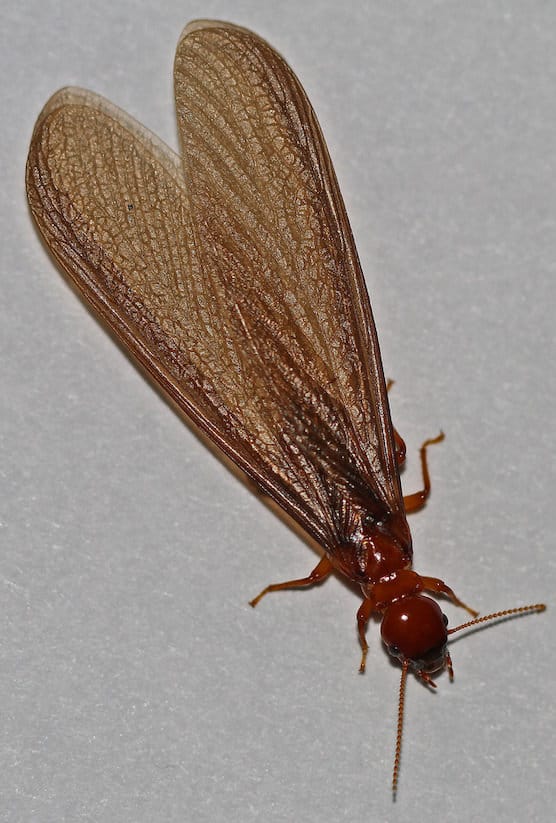
In terms of their actual shape, most termites are typically relatively long and skinny, almost like a stick shape. This is the case across most breeds of termites, although some can seem to be a little fatter than others due to their relative shortness. Like its size, a termite’s shape can also be affected by whether or not it’s a flying termite.
How Big Are Termite Larvae?
The presence of termites normally means that there’s also going to be a lot of termite larvae. However, that doesn’t mean you can’t find the larvae without finding the termites themselves first. How do you identify termite larvae, and how big is it?
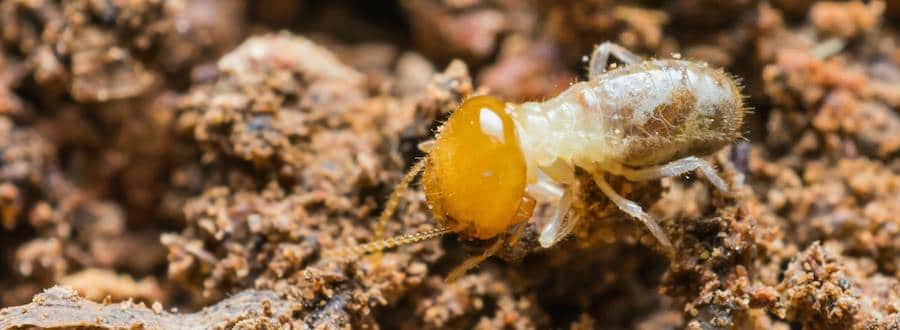
As you’d likely expect, termite larvae are very small. In fact, they are so small that it’s almost impossible to spot a single larva. Since adults termites rarely grow to beyond ¼ to ½ an inch in length, most termite larvae will be only around a tenth of an inch long, depending on the species. That being said, there’s very only a very small difference in the sizes of termite larvae across the species.
Even though termites and ants flying can appear very similar when adults, their larvae is remarkably different. The termite larvae look like worker termites, albeit much smaller. They also have identifiable heads, arms, and legs, from very early in their development.
How Big Are Termite Eggs?
Termite queens lay thousands of eggs every year. Termite eggs are just about visible to the naked eye. However, you will need to have very good vision to spot them. Similarly to termite larvae, it is rather difficult, if not impossible, to spot one that’s all by itself.
This is because the eggs tend to be hidden away under the ground or inside wood, depending on the species. However, if you use a magnifying glass and know what you’re looking for, there’s a slight chance you will find them.
As an approximate guide, a full stop (period) on your computer screen would be just slightly smaller than your typical termite egg. This is regardless of the species of termite.
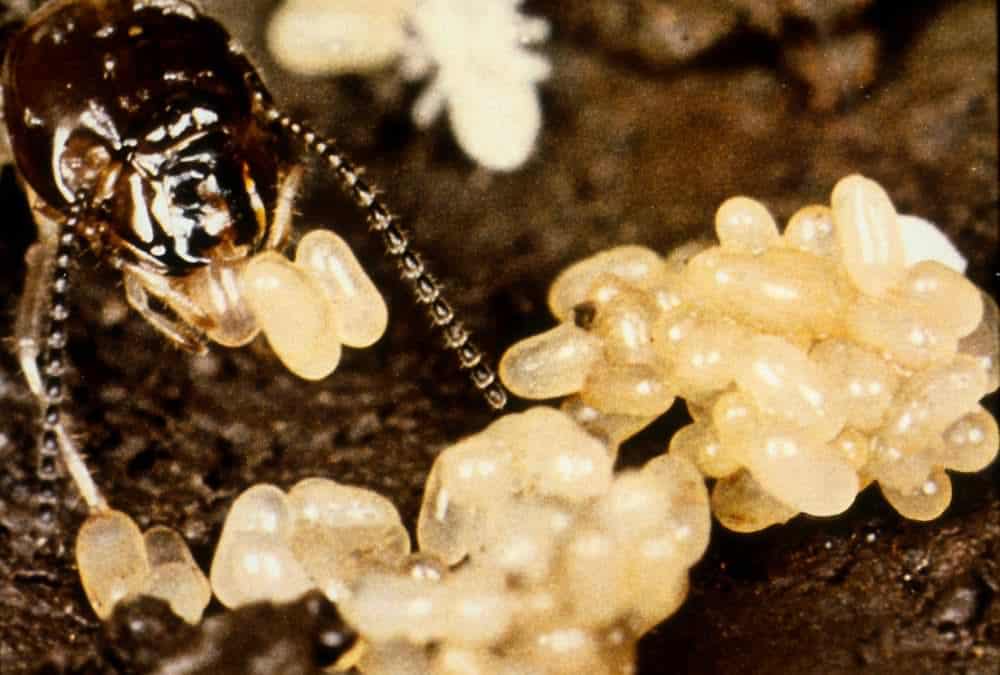
Of course, a termite egg won’t stay this size forever. After three full weeks of being minuscule, the egg starts to grow. This happens because the developing termite inside is growing bigger too.
By the time the egg hatches, it will be about 30 percent bigger than when it was first laid. While this is still small, it is a considerable jump in size over the period of a few weeks. This seems to be the case across all species of termite, with the timelines of growth being roughly the same for each, give or take a few days.
Summary
Termite sizes can fluctuate an awful lot throughout their lifespan. From the egg and larvae stages, right up to their final days. Because of their relatively similar sizes and colors, they can easily be mistaken for similar creatures, most often ants.
A slightly closer inspection, even one just limited to size, can tell you a lot about the type of termite you have in your home. If you identify termites in the house, you will need to act fast to get rid of an infestation. While these insects may be small, an infestation of termites can be extremely dangerous to your property.
With that in mind, knowing your termites’ sizes can prove to be extremely helpful. Recognizing which species of termite you’ve found can save you precious time when taking action to eradicate the colony.

